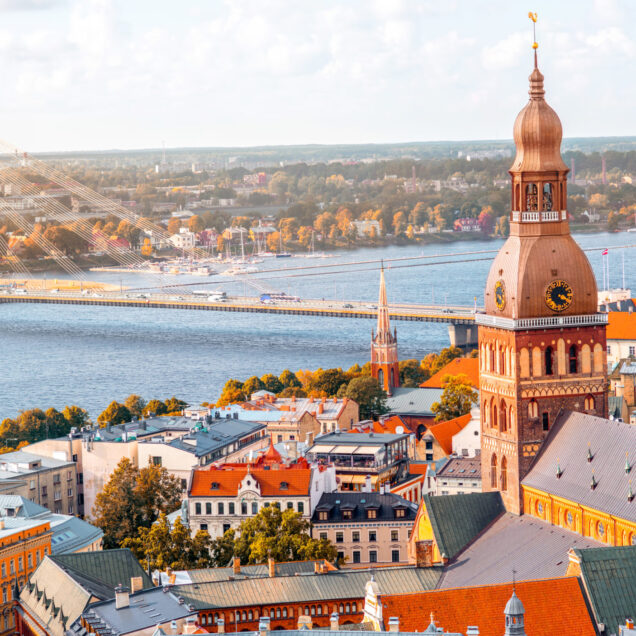

Little known Latvia, perched on the edge of the Baltic Sea, is a yet-undiscovered treasure of Eastern Europe. During a Latvia adventure tour you can witness its natural delights including the serene Gulf of Rīga as well as nature parks, fast rivers and lakes with beautiful forests on the shores, while cultural attractions include captivating medieval castles. With a quaintness and Art Nouveau architectural tradition to rival both Tallinn and Vilnius, Rīga is more than 800 years old and cunningly combines a charming medieval centre with modern city infrastructure and exciting nightlife. The World Heritage listed Old Town has a particularly timeless beauty, with steeples and turrets vying for attention on the spectacular skyline of this ‘Paris of the East’.
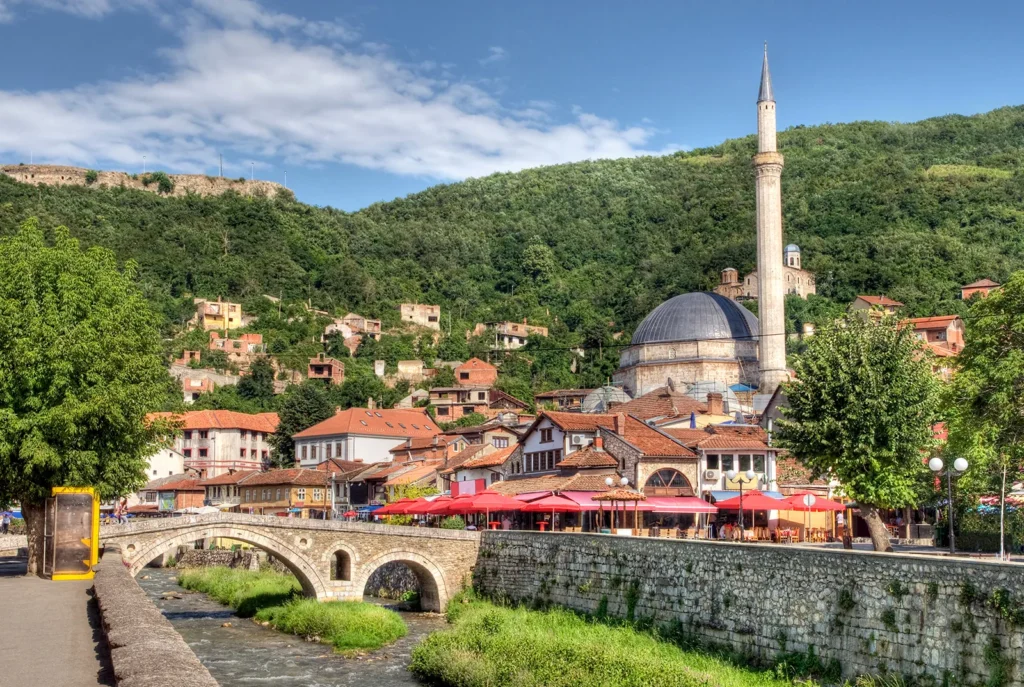
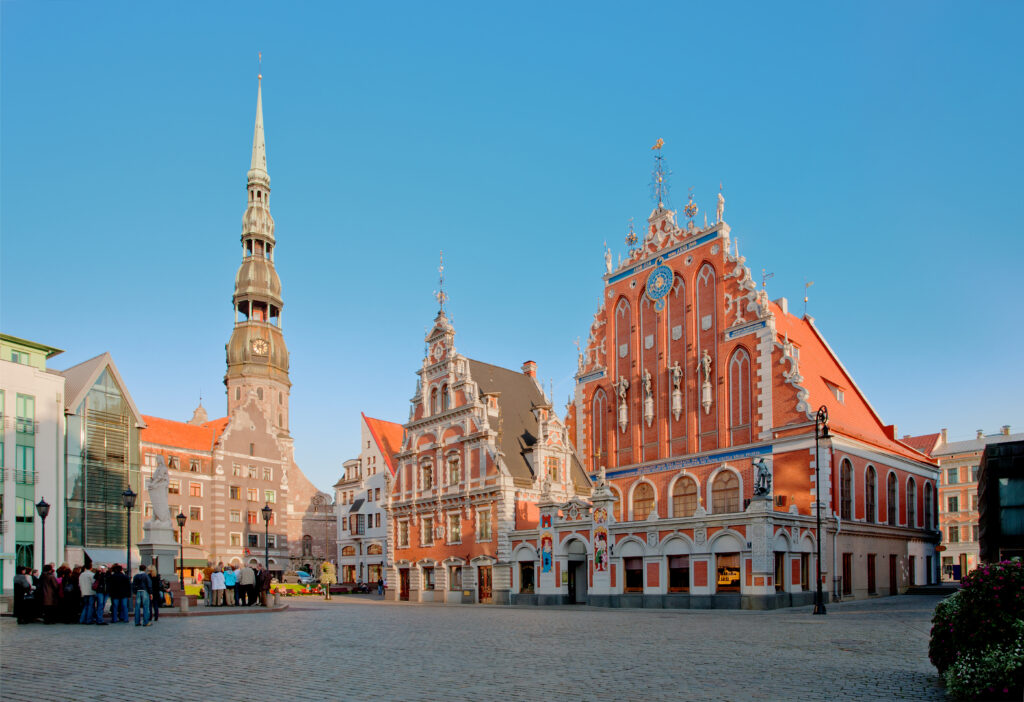
A must-do on a Latvia adventure tour is a visit to Rīga’s most famous gothic church, St Peter’s, to climb the spire for spectacular views over the most impressive collection of Jungendstil (Germanic Art Nouveau) buildings in Europe. The centrepiece of Rātslaukums Square is the reconstructed Blackheads’ House, while St. John’s Church, St. Jacob’s Church, the ‘Three Brothers’ houses, and Rīga Castle, which also houses the Latvian History Museum and the Foreign Art Museum, are also worth a visit on one of our Latvia adventure tours
Latvia has long been an important trading centre and strategic territory in the Baltic region. The various groups of Latvian peoples were self-governing, dating back to around 2000 BC. By the end of the 13th century, the territory was conquered by the German Teutonic Knights. The Knights founded Riga in 1202 AD. The territory was then controlled by Poland from 1561 (during the reign of Ivan the Terrible), followed by Sweden.
By 1795, the entire Latvian territory was under Russian control, ruled by Peter the Great. This continued until the Bolshevik revolution of 1917, which resulted in the 1918 Treaty of Brest-Litovsk under which Russia was obliged to give up its Baltic territories.
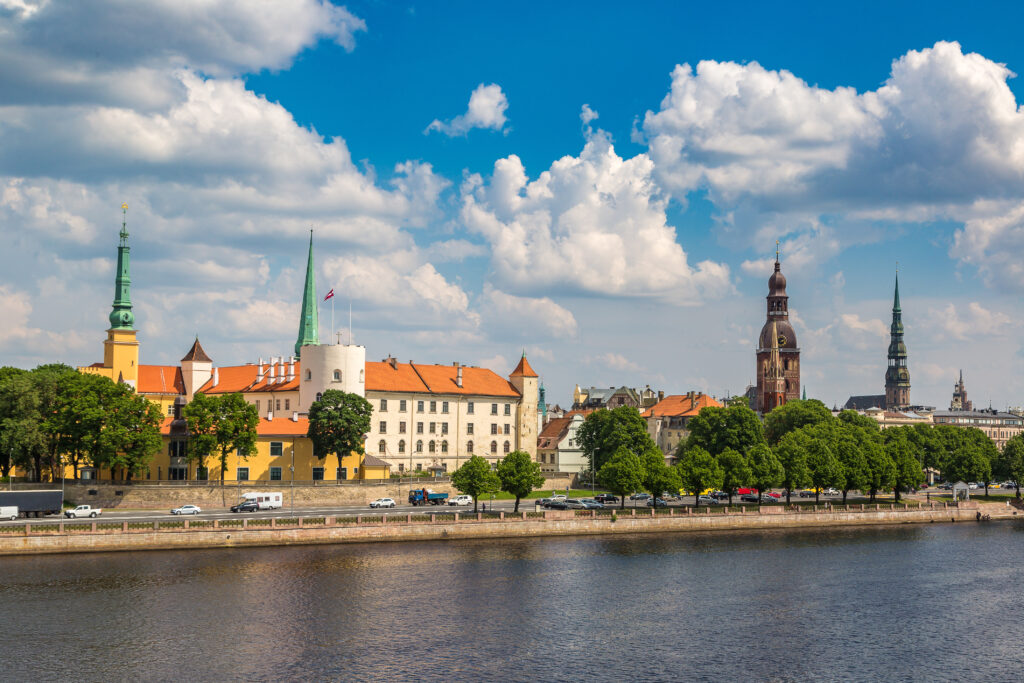
The Treaty of Versailles enabled Latvia to assert its independence for the first time in more than 600 years. Russian forces took over power once more just before World War II. They in turn were driven out by the Nazi invasion of the Soviet Union in 1941. Troops returned to Latvia three years later to incorporate the country into the Soviet Union.
Latvia’s present independence began with the accession of Mikhail Gorbachev as Soviet leader in 1985. The country gained full independence from the Soviet Union in 1991. The new state was quickly recognised internationally and re-admitted to the UN. A new currency, the Lat, was introduced in 1993 followed by the first post-independence elections
Latvia joined the EU in May 2004, along with its Baltic neighbours.

Latvia is situated on the Baltic coast and borders Estonia to the north, Lithuania to the south, the Russian Federation to the east and Belarus to the southeast. The coastal plain is mostly flat, but the land is hilly towards the east with forests and lakes. There are about 12,000 rivers in Latvia, the biggest being the River Daugava. The ports of Riga and Ventspils often freeze over during the winter.
The weather is generally at its best from late spring (April/May) to early Autumn (in Eastern Europe). Temperatures will vary, but they will still be cool in April/May and again in October. The warmest months tend to be July/August. The further south you are, the higher the average temperatures. You can expect snow from December to late March.
Visit www.worldclimate.com to get an idea of what the weather will be like on your tour.
Ensure your passport is valid for at least three months after your tour begins. Check our tips for essential checks before you travel.
Be advised that visa regulations can change frequently. Visa services like www.travcour.com can be beneficial.
Latvia is in the euro zone. For up-to-date exchange rates with your currency, visit www.xe.com.
Generally, people find Eastern Europe safe and feel confident wandering alone during the day. However, if you are unfamiliar with an area, it is recommended that you exercise more caution at night and take taxis rather than walk, especially if you are a lone traveller. In some cities, bag snatching can occur, so always keep a firm hand/eye on your personal items.
Petty theft, especially in Riga, is becoming increasingly common. If there is a safe available in your hotel, you should use it.
It’s Hungary – the food is delicious!
Look out for the astounding variety of cakes, breads and pastries.
You may want to try national specialities such as, kotletes (meat patties), skabu kapostu zupa (cabbage soup), Alexander torte (raspberry- or cranberry-filled pastry stours), sweetbread soup with dried fruit, piragi (pastry filled with bacon and onions).
National drinks include, Riga’s Black Balsam, a thick, black alcoholic liquid which has been produced since 1700. The exact recipe is a closely guarded secret, but some of the ingredients include ginger, oak bark, bitter orange peel and cognac. It is drunk either with coffee or mixed with vodka. There are several good local beers, including the dark beer Bauskas Tumsais and the pale Gaisais. Kvass is a refreshing summer drink.

Ask your tour leader if they can recommend any restaurants in the area to suit your taste or budget, or have fun exploring independently.
Voltage: 220 volts / 50 Hz. European-style two-pin plugs are in use.
Time Difference:The time difference in Latvia is GMT/UTC + 2. For other time differences please visit www.timeanddate.com
We are passionate adventure travelers who want to share the world and our travel experiences with everyone…
This website uses cookies so that we can provide you with the best user experience possible. Cookie information is stored in your browser and performs functions such as recognising you when you return to our website and helping our team to understand which sections of the website you find most interesting and useful.
Strictly Necessary Cookie should be enabled at all times so that we can save your preferences for cookie settings.
If you disable this cookie, we will not be able to save your preferences. This means that every time you visit this website you will need to enable or disable cookies again.
